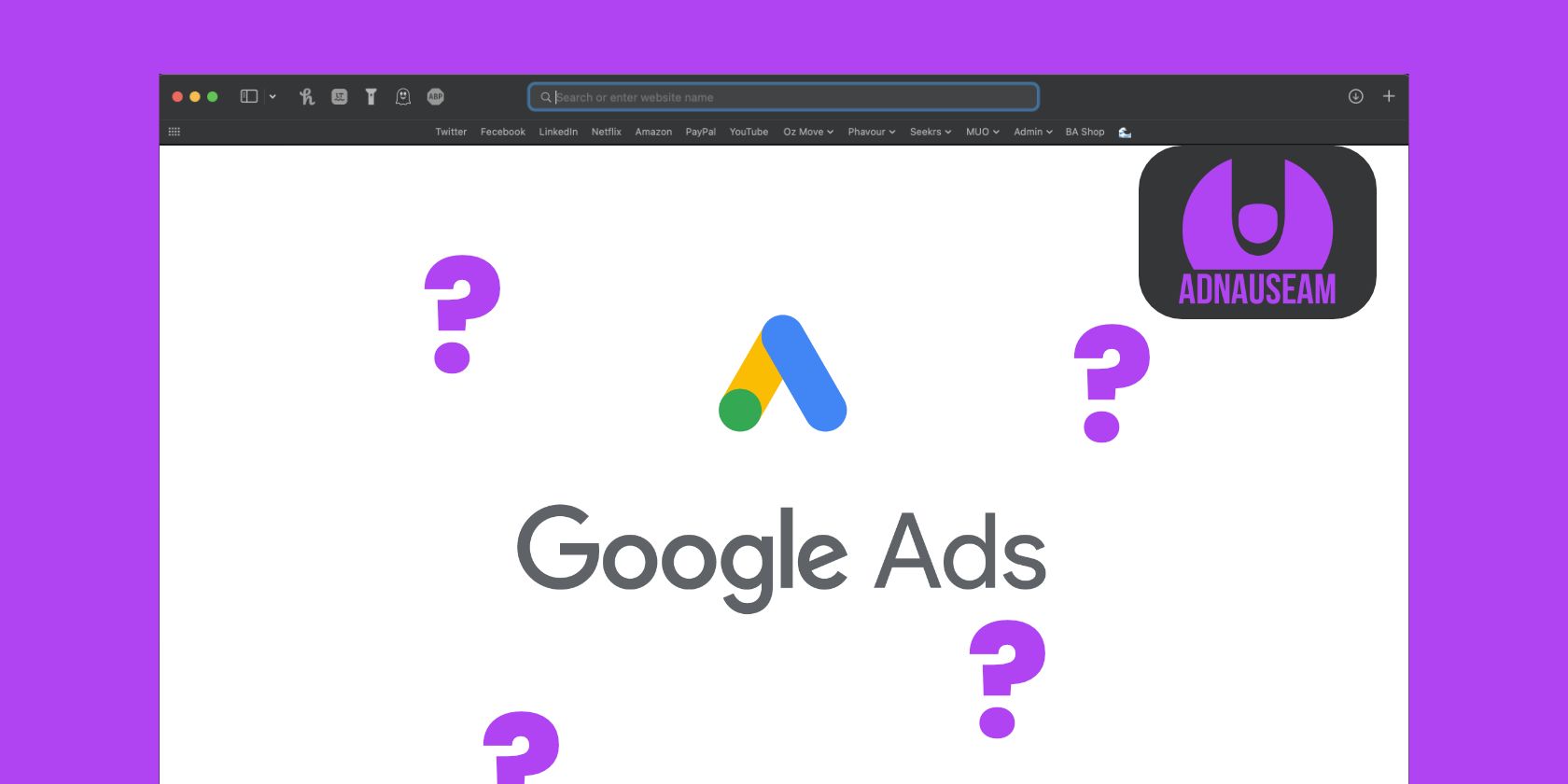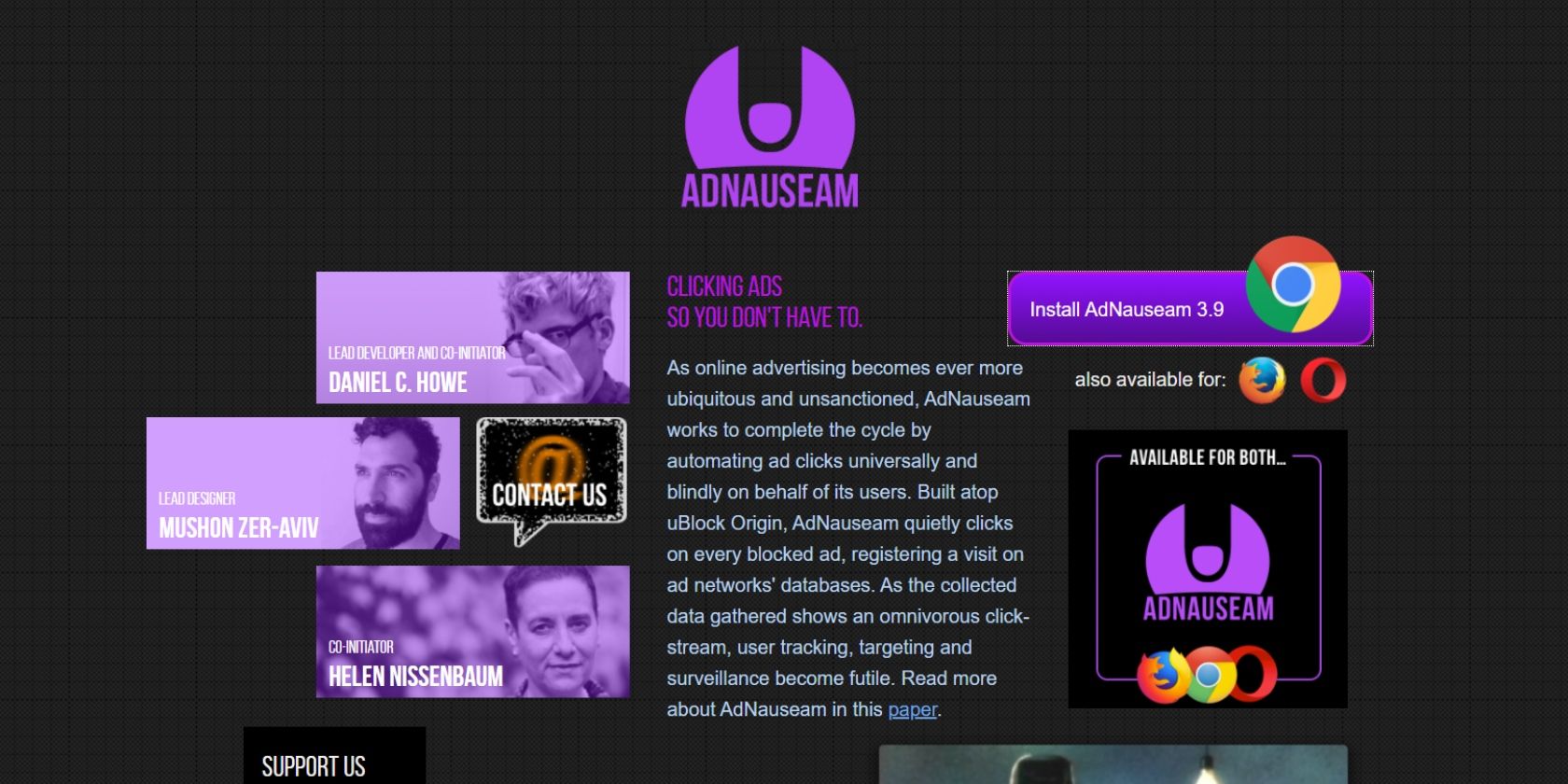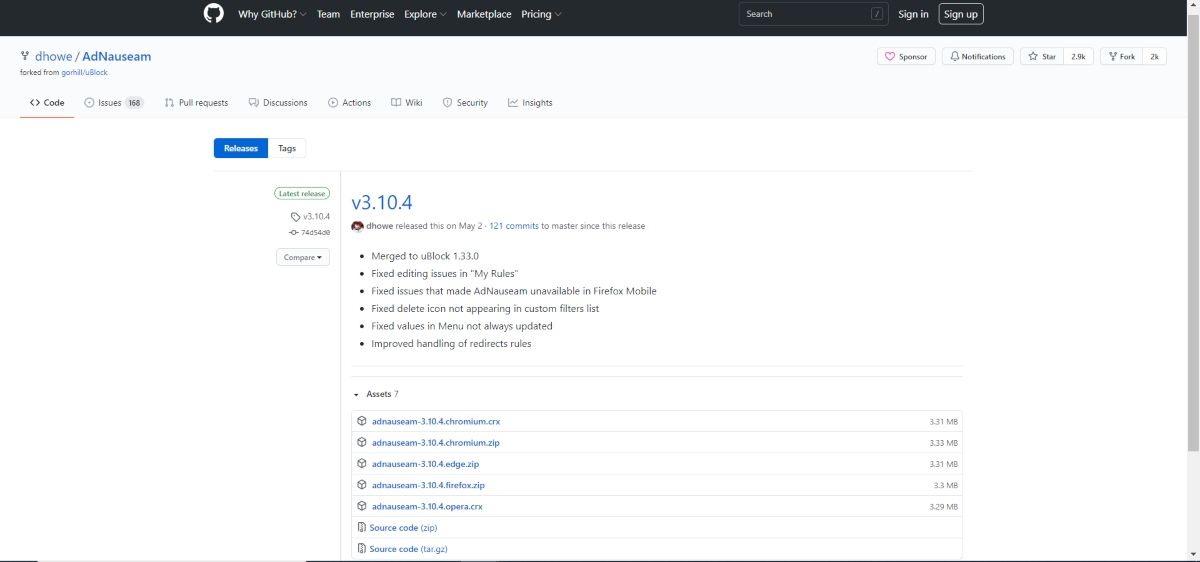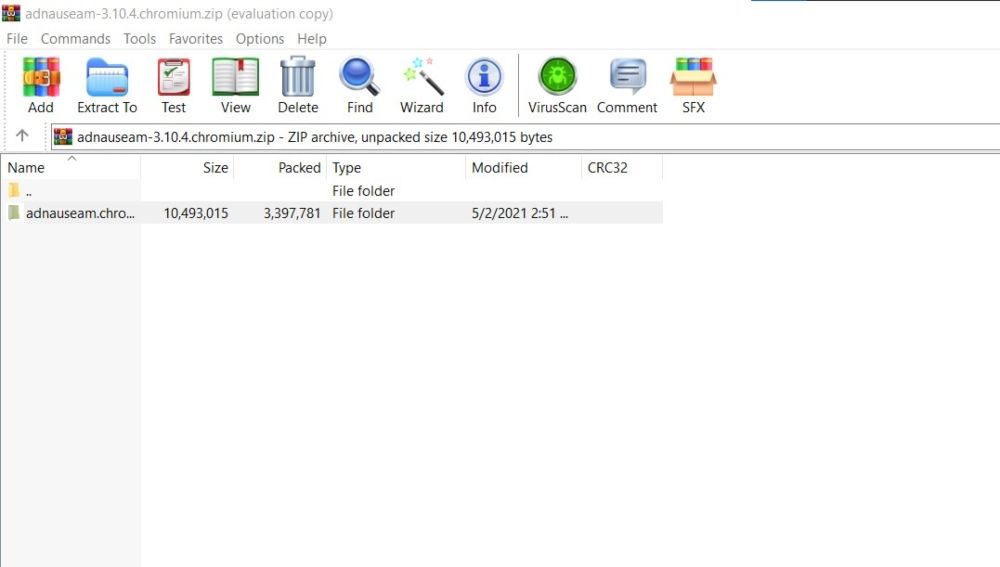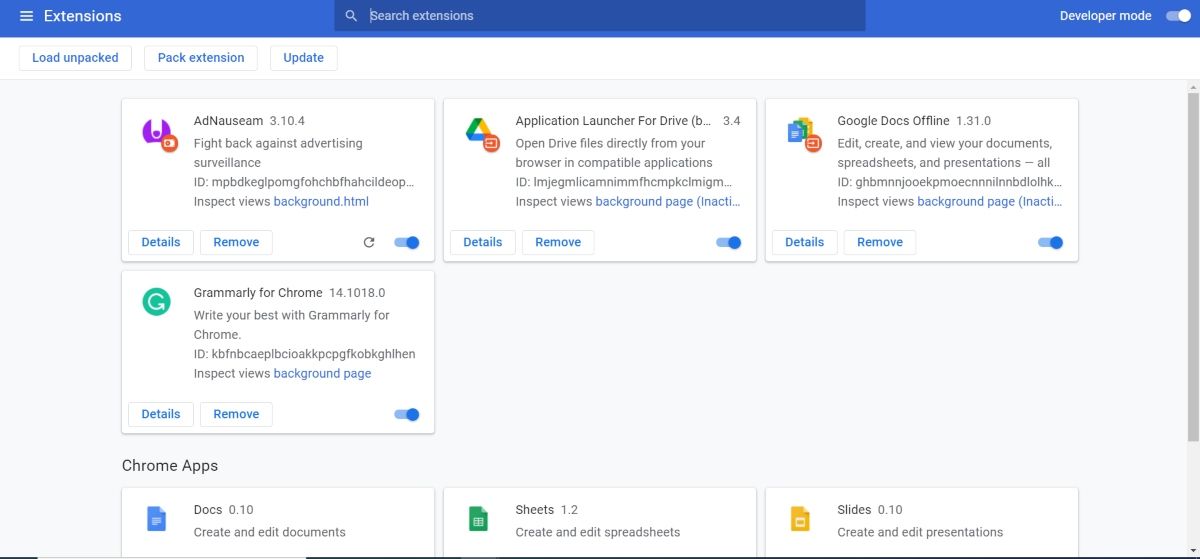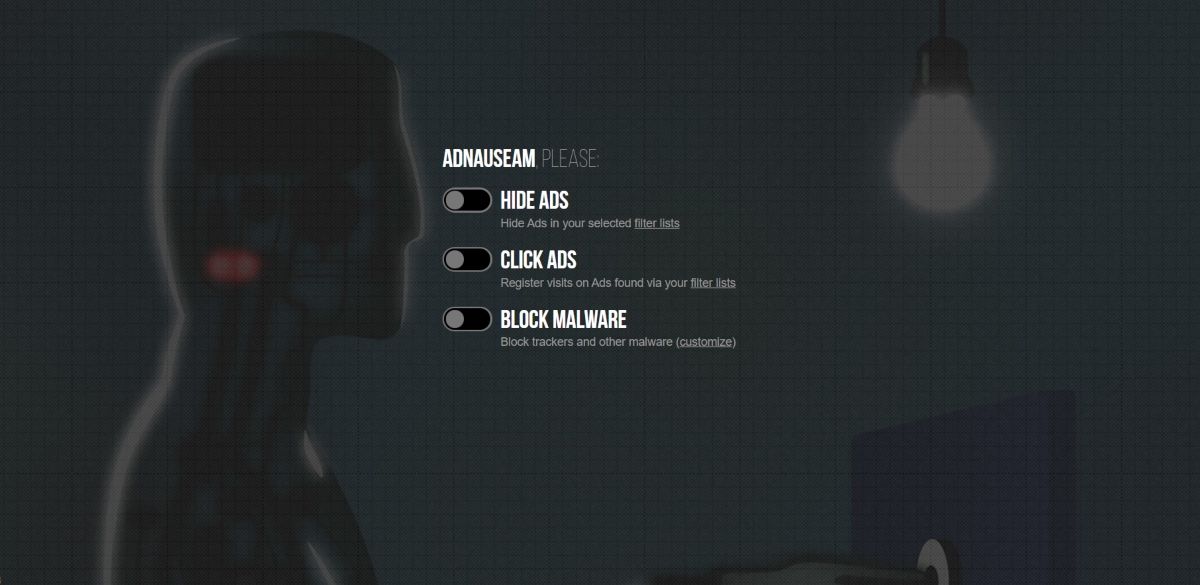'Ad nauseam' is a Latin phrase, meaning 'to nauseate' or 'to sicken' to an excessive degree. When something becomes so terrible that you feel sick of it, you'd call it 'AdNauseam'.
The internet is loaded with companies watching everything you do and showcase ads according to the user history. For those who love their privacy and don't want to be tracked by ad providers, it is a good idea to use AdNauseam to confuse Google Ads.
What Is AdNauseam?
AdNauseam is a free browser extension that can protect users from being tracked by various advertising sites while confusing ads by clicking on all of them. This is why you won't have to add another Chrome privacy extension.
The extension is adjustable, so users can choose to keep some advertisers from being blocked. In addition, the extension helps in amplifying users' discontent with advertising networks that disregard privacy.
How Does AdNauseam Work?
AdNauseam is quite unlike conventional ad-blocking software. Instead of removing ads, it automatically clicks on them, providing a false impression to the ad sites that the user is interested in everything. This makes it hard for observers to create an exact profile of the user.
It's just like flooding a radar with continuous false signals, thus jamming it with false inscriptions. AdNauseam is flexible to work with, and you can choose whether to click on all the ads displayed on your screen automatically or set up a percentage click.
Why Is It Difficult to Install AdNauseam in Google Chrome?
Google's ads run on a pay-per-click basis, and advertisers are charged for every click, regardless of whether their product is sold or not. Therefore, Google has to maintain a high level of quality traffic to prevent its advertisers from leaving.
Since AdNauseam clicks on Google's own ads, it can result in Google losing ad revenue. The search engine giant decided to remove AdNauseam from its extension store to try and prevent people from using it.
Even though the plugin has been removed, it is possible to install it manually.
How to Manually Install AdNauseam in Google Chrome
You can easily install AdNauseam manually by following the steps below.
Download the latest version of AdNauseam from its GitHub repository.
Extract the zip file to a folder. Make sure not to delete this folder after installing it, as Chrome may disable AdNauseam if the folder is not found in the expected location.
In the Chrome address bar, type chrome://extensions/ and click on Developer mode on the top left corner.
Click on Load unpacked extension and navigate to the folder where AdNauseam is downloaded. Make sure to select the folder name AdNauseam.chromium. You'll be prompted to the following page where you can click on the options you desire
Each time users restart Chrome, they may be prompted to Disable Developer Mode Extension. Simply click on the Cancel button and continue.
For getting the best results, disable Strict Mode for Enhanced Tracking Protection. It's recommended to use private browsing mode while using AdNauseam, and you should disable or remove other ad blockers.
How Does AdNauseam Hide Ads?
Unlike other conventional ad-blockers, AdNauseam does not block all visual ads, but hides them as per the user's configuration. After an ad is detected, the extension use CSS to confuse the relevant ad. AdNauseam also hides fake ads, which are disguised as download links or adware.
The whole process is performed very safely with cookies and other identifiers disabled. Users can also disable hiding ads globally, for a site, and even for a page, by changing the settings in AdNauseam.
AdNauseam Lets You Browse Without Ads Attacking You
AdNauseam is here to not only confuse Google Ads, but also to protect users from being tracked by the online ad industry. It basically clicks on hidden ads, thus polluting the data profile that drives online surveillance.
As it is hard to hide from Google's surveillance, AdNauseam is an excellent tactic to confuse Google and sabotage it.

